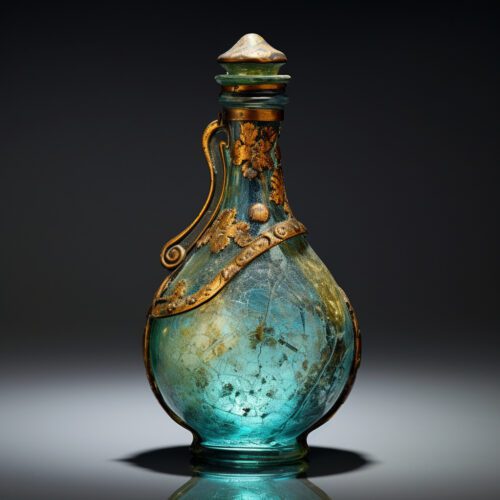
Glass perfume bottles were originally designed to hold fragrance to help cover up body odours, were used at ceremonies for the gods, and were used to ward off evil spirits.
Something so beautiful used to cover the malodorous seems such a waste of beauty, but in ancient times, perfume bottles were more functional than fancy.
Soon, they became a status symbol that had to look good as well as smell good.
Only nobles and the wealthy possessed perfume bottles, and they were a symbol of luxury. The Greeks and Romans started making more alluring designs, such as shapes, flowers, humans, and animals.
As techniques and methods of glass perfume bottle-making became more sophisticated, the Romans started creating transparent perfume bottles. These glass bottles were designed with colour and beautiful decorations. This made glass perfume bottles desirable pieces to have in the home.
Glass perfume bottles have a long and illustrious history that has gradually advanced in designs and styles every century. They were blended with elegant metalwork to create a dazzling object to display in one’s court or palace.
Everyone was conscious of their odour, as most people tended to bathe once a month and, for the whole of winter, would not bathe as they were wrapped in bird fat and brown paper. This continued right up until the end of the 18th century.
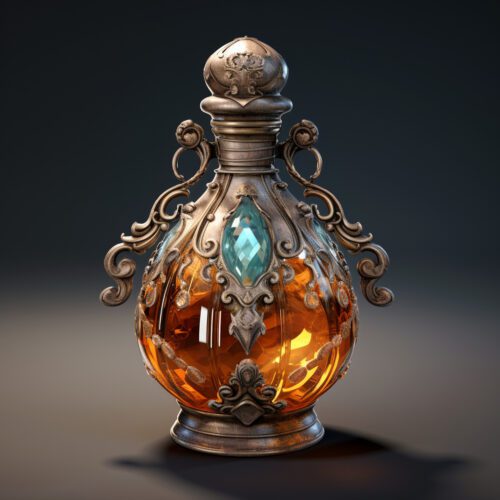
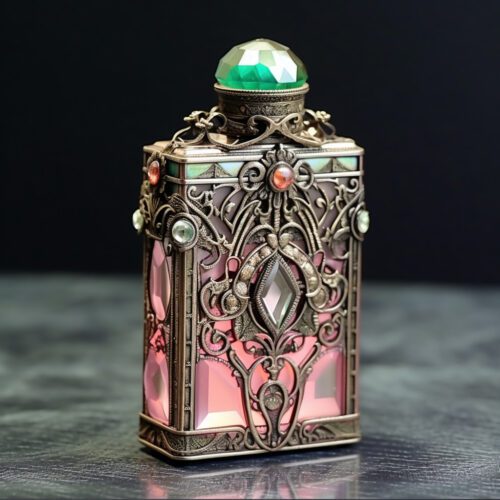
It is fascinating that something so elegant and refined came from a place of poor personal hygiene and open sewers. Many of the first perfume bottles were used both for keeping scent in and also as a ‘nosegay‘ to ward off the smells around them, which were frankly awful!
Glass is the main material used in holding the perfume because it is resistant to fragrant oils and is not tarnished by its inclusion inside.
To enhance the glass as well as the ornate metalwork, often precious jewels were added too, to add to the luxurious nature of these wonderful objects.
Many glass perfume bottle collectors today are very interested in antique perfume bottles from different eras. They particularly care for the different eras because some of the more ancient bottles are now extremely rare and highly sought after.
Other collectors are more interested in the look of the piece and don’t give a hoot about what eras the bottles come from. They enjoy the enduring glamour of the piece, adore it for its beauty, and do not care about its age. A bit like Joan Collins!
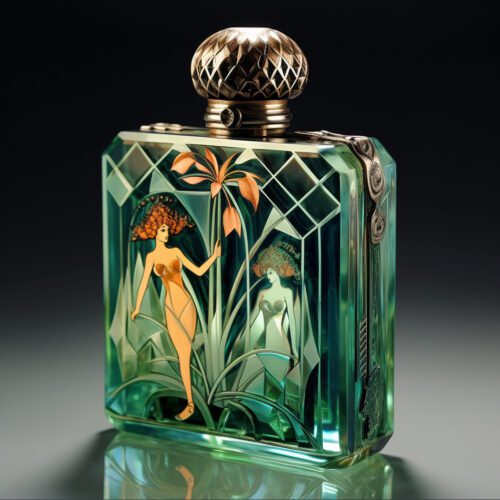
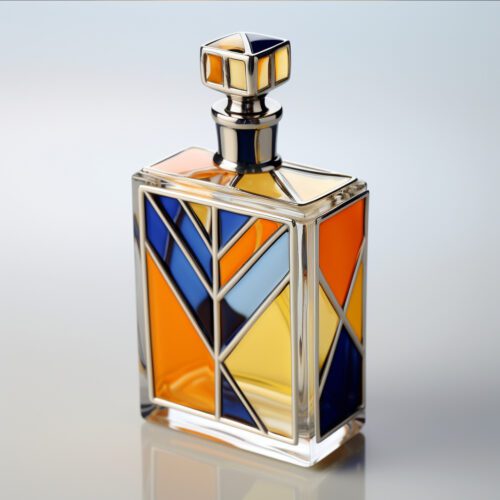
Antique perfume bottles from the 1920s have a variety of Art Deco styles, and the bottles were often hand-painted to add to their fabulous allure.
Art Deco glass perfume bottles in this era were designed in hand-blown glass crystal that was then hand-cut in a dazzling array of geometric shapes and bold designs.
In the twentieth century, as mass production began to come to the fore, perfume bottles started suffering in terms of uniqueness, design, and value.
Glass perfume bottles were made from cheap soda glass, and, as they were mass-produced, they all looked the same.
